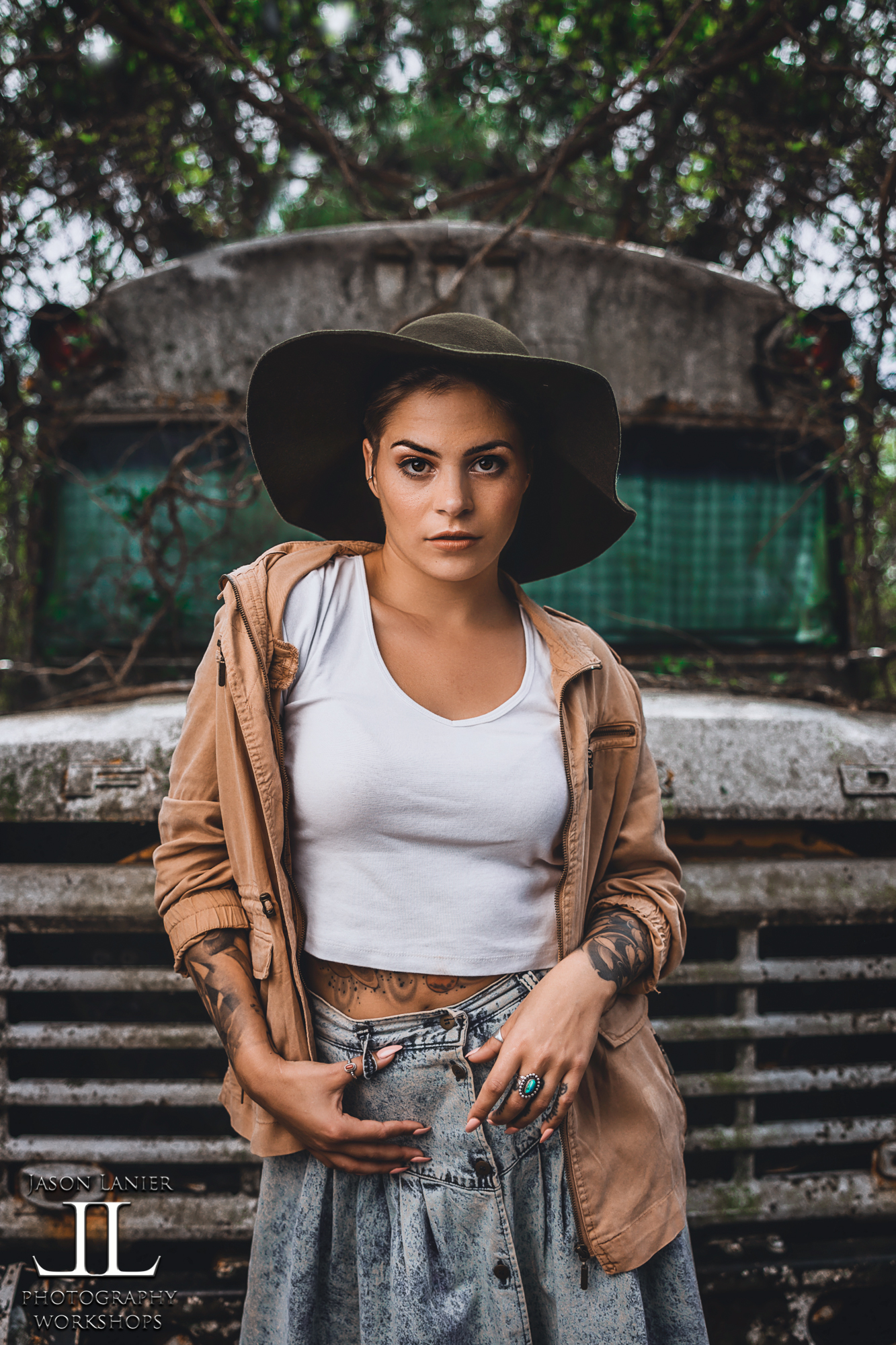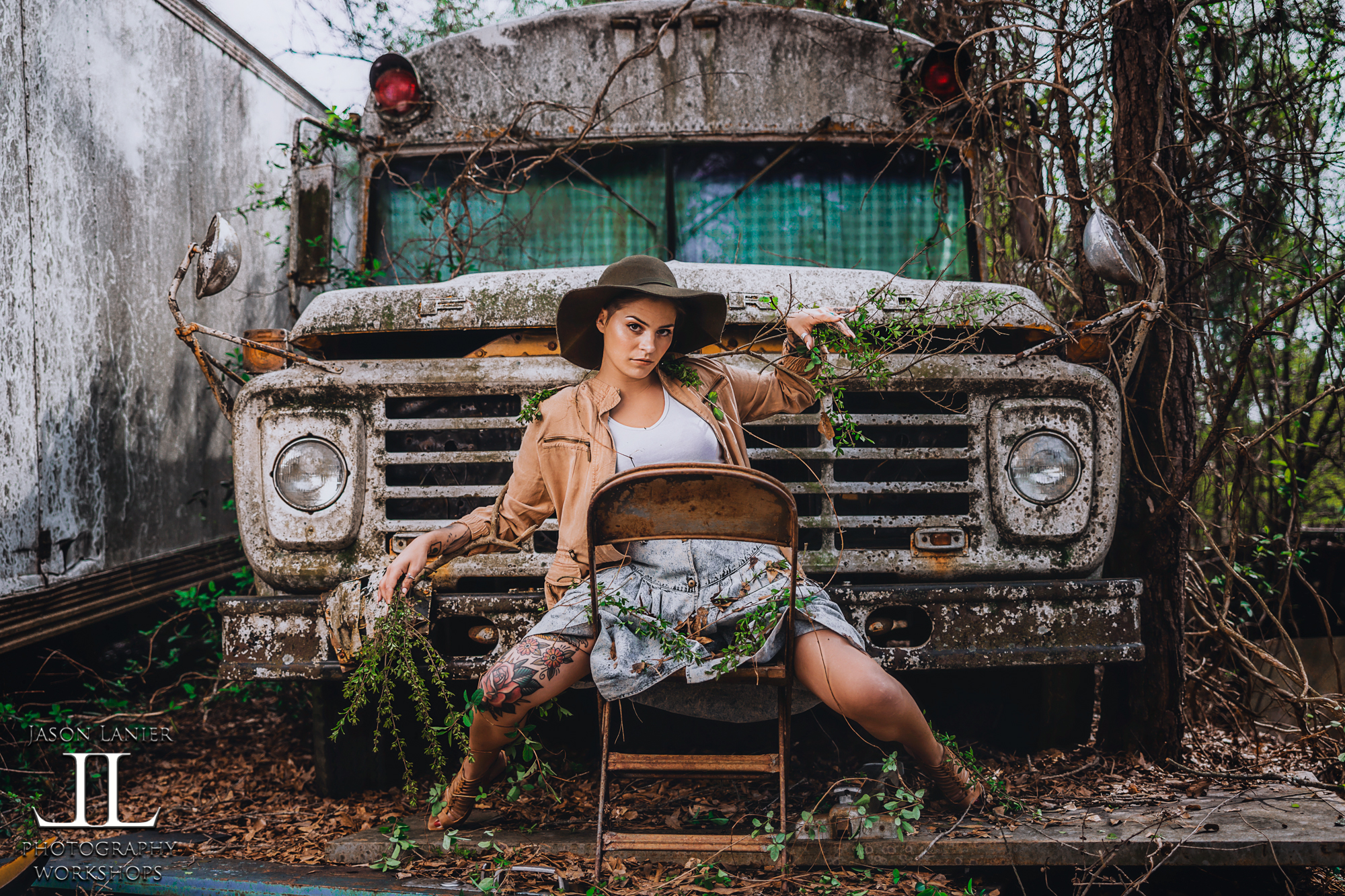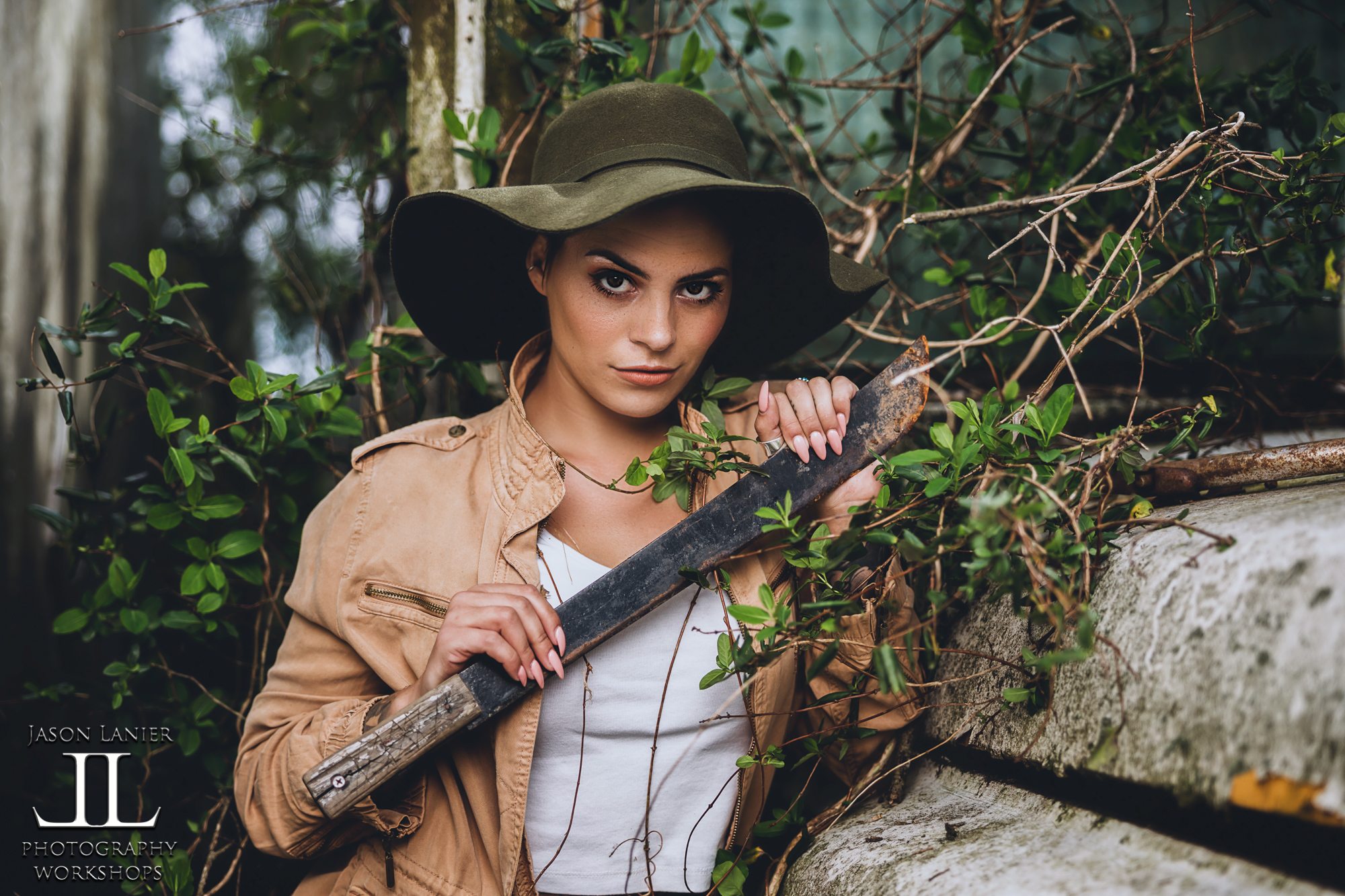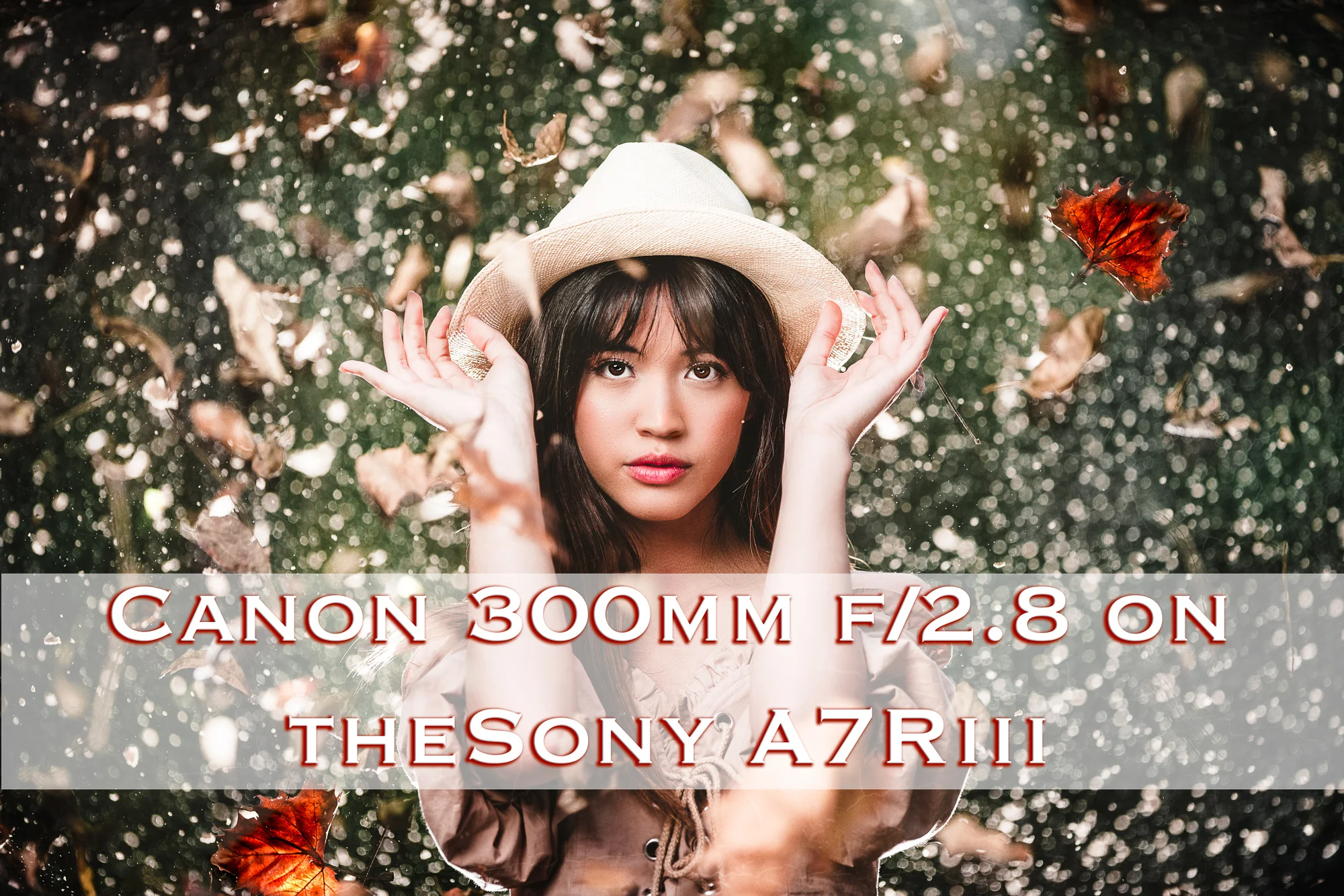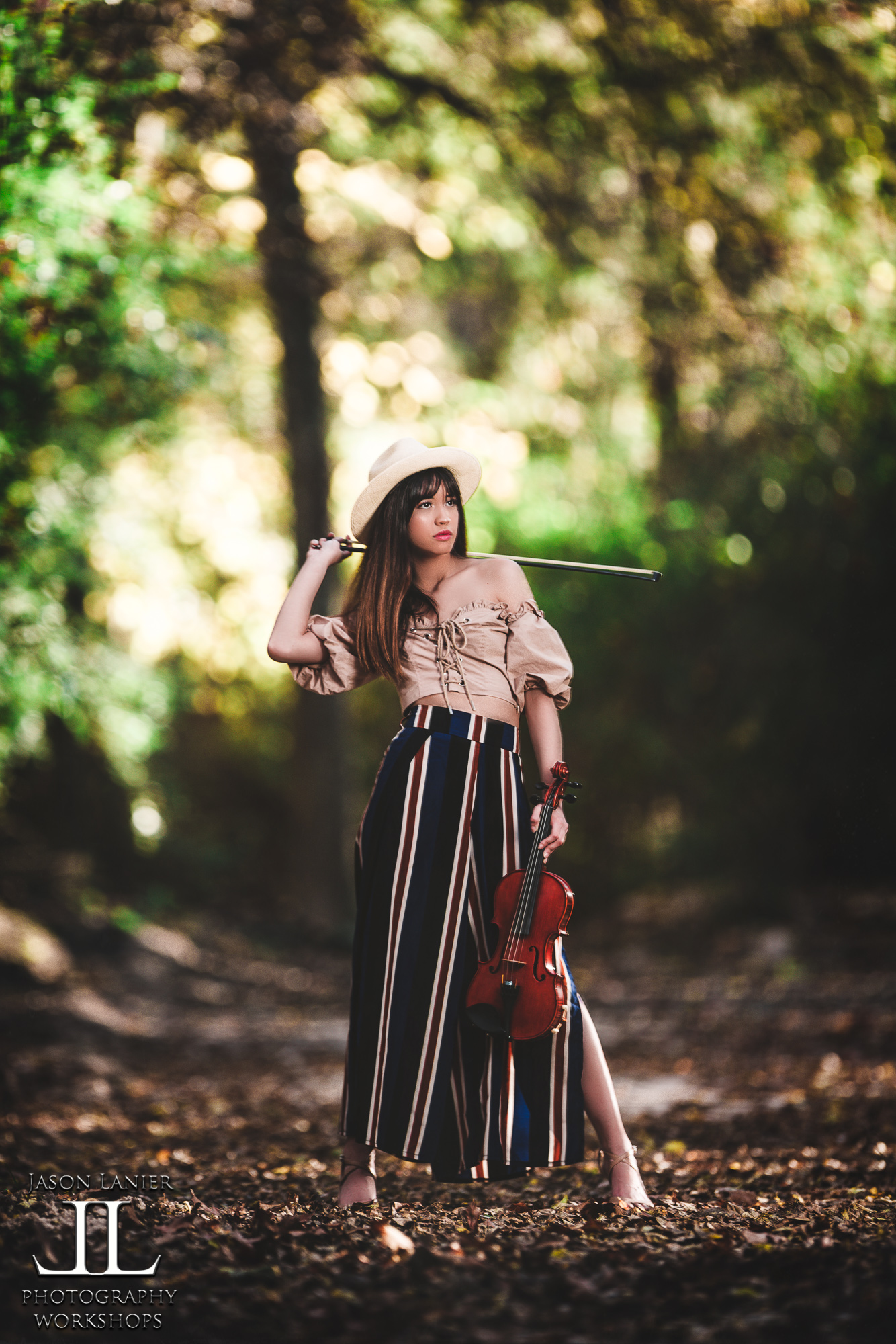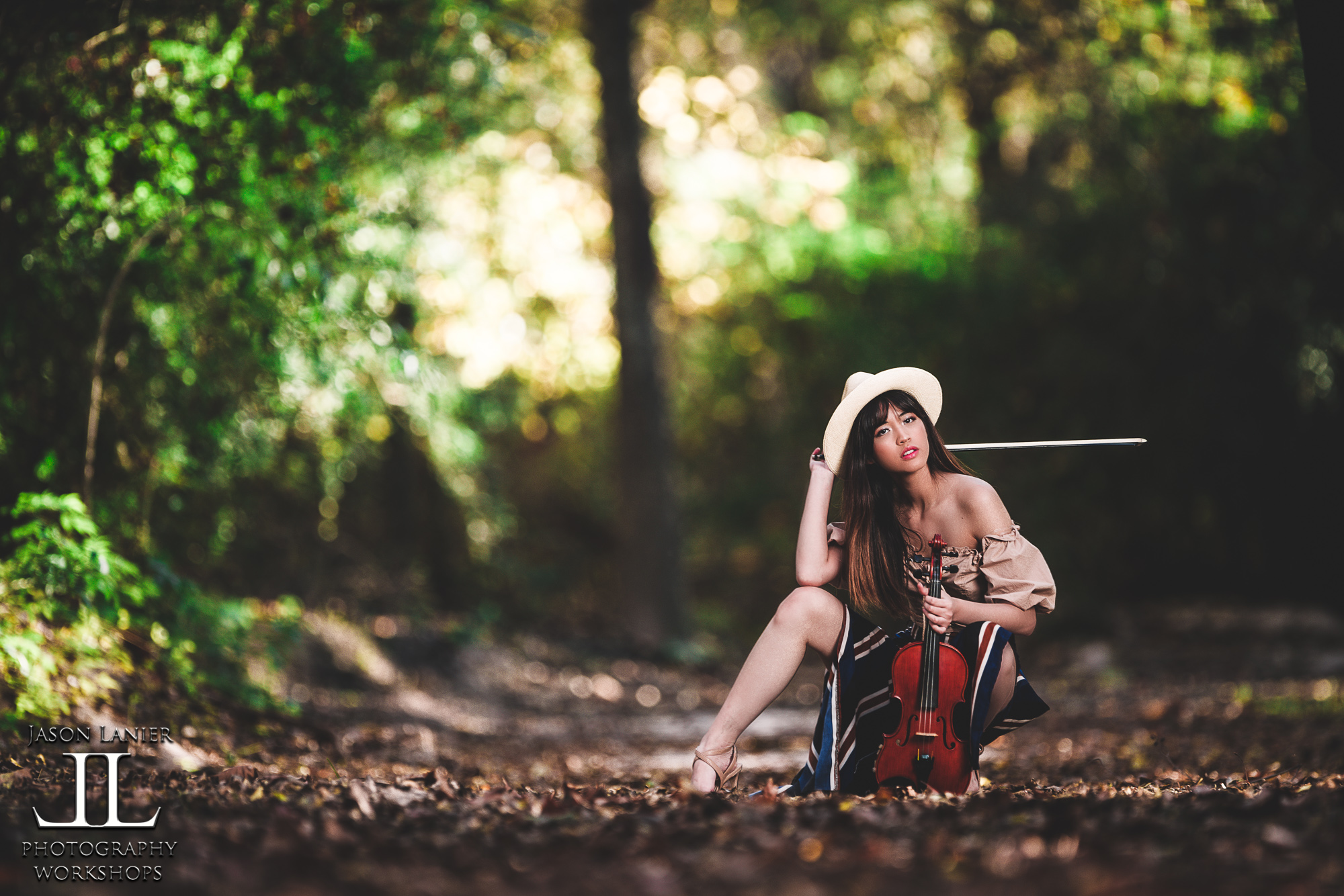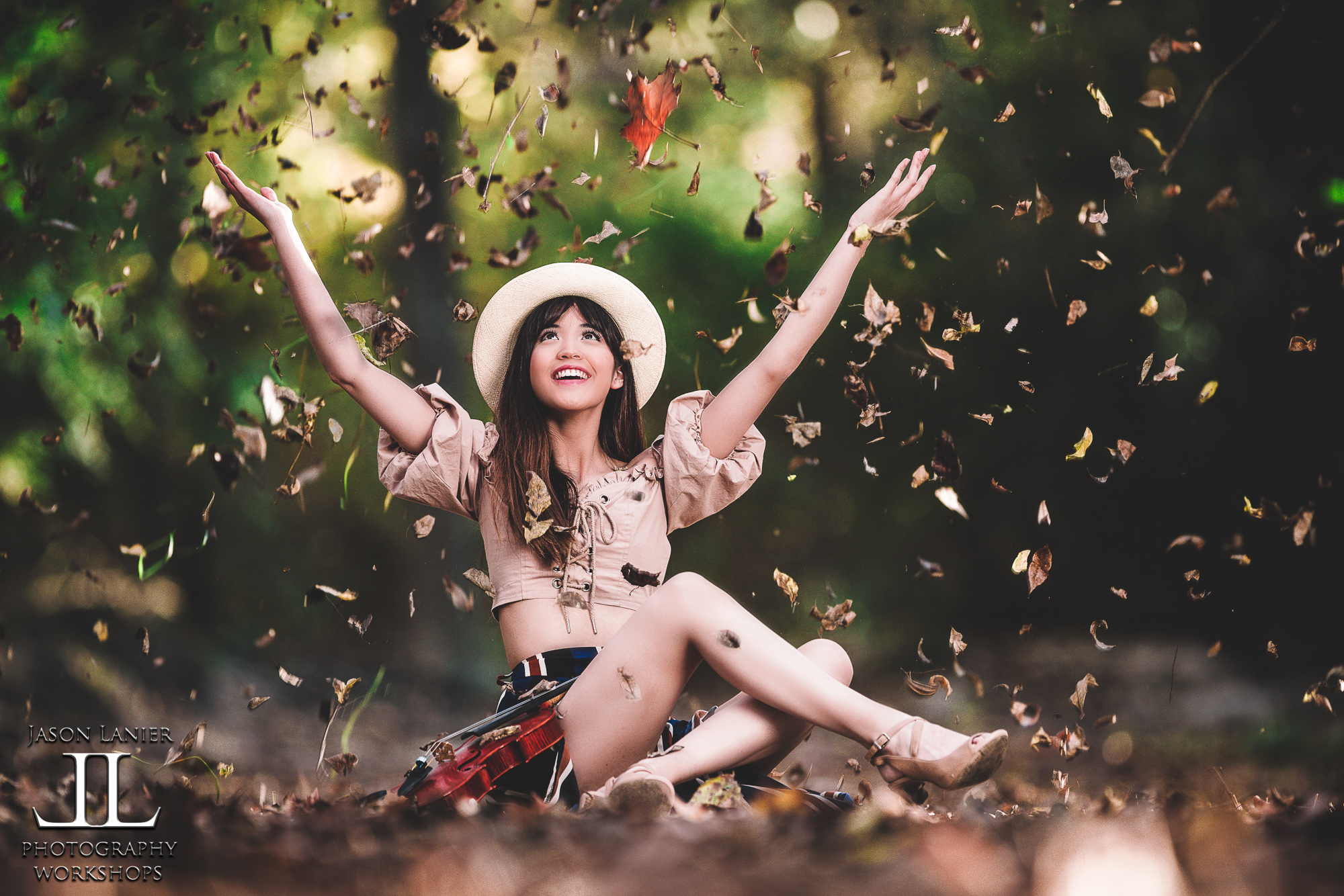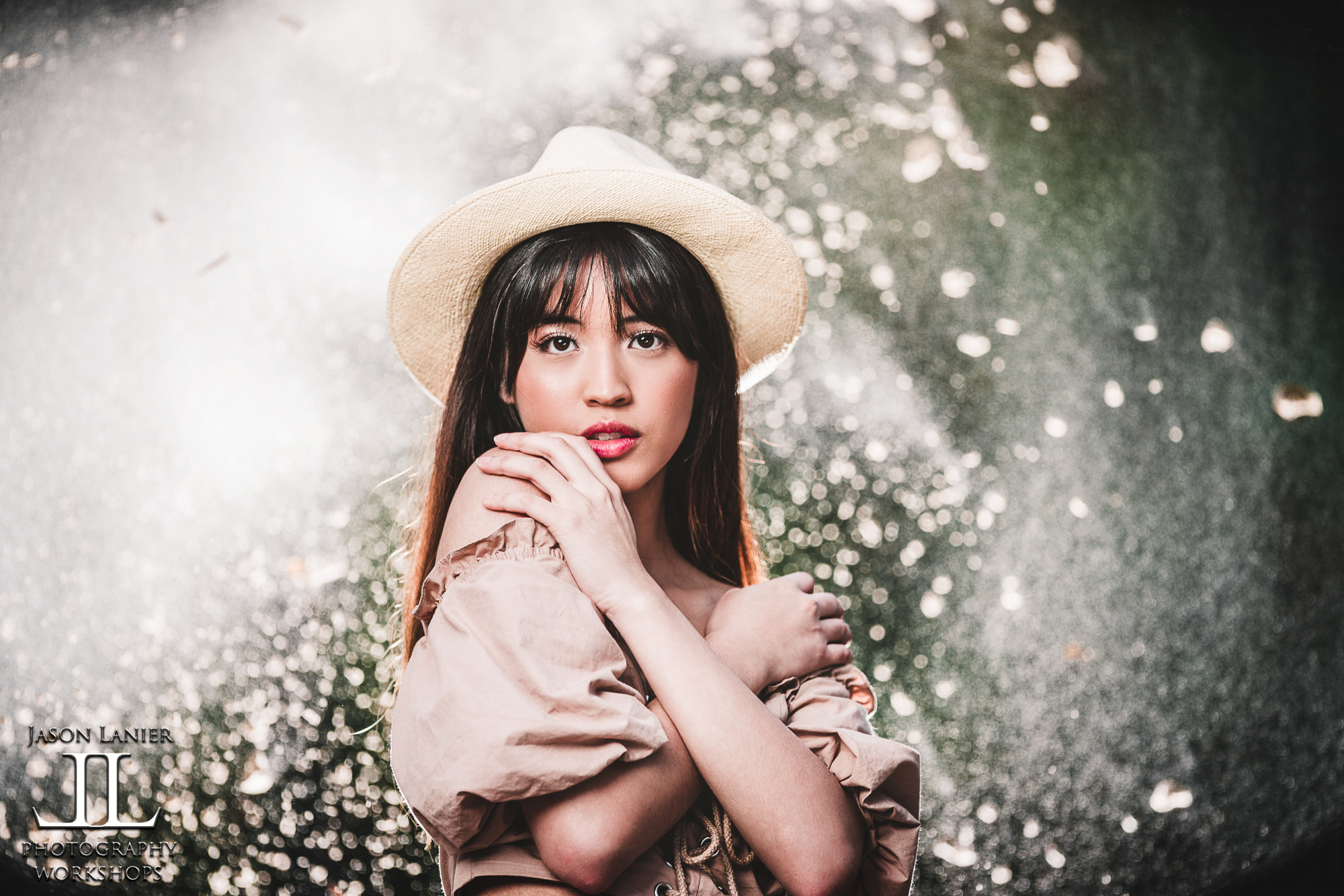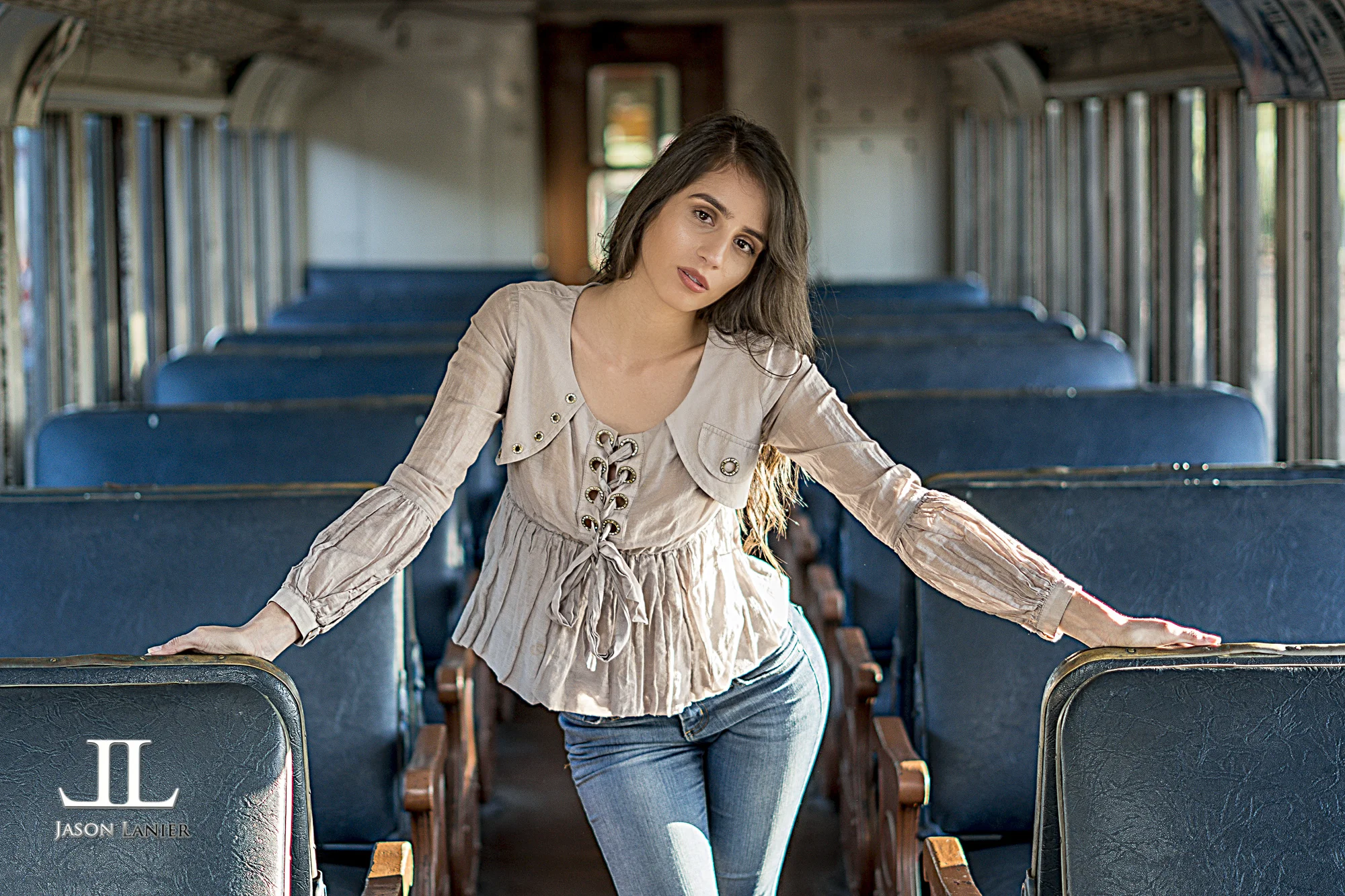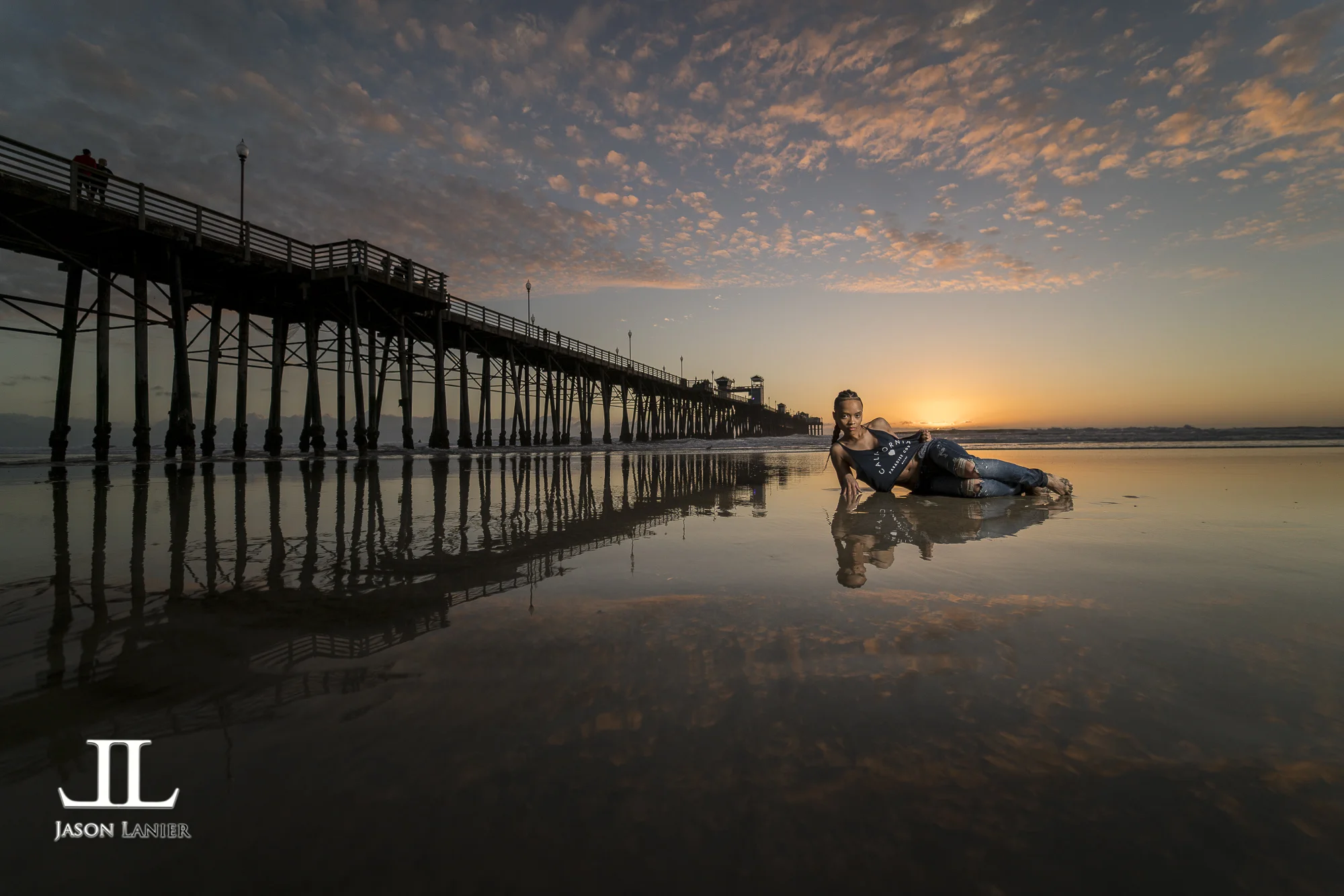Ever wonder how to get the best out of using flash photography with Rotolight? Have issues connecting your transmitter to your light? Wanna use your third party transmitter system to fire a Rotolight? This video is for you.
This video was shot at the Salton Beach with the very familiar and welcome smile of Emily Rinaldo. In this video Jason and Emily detail the following:
How to Connect the Elinchrom Skyport Transmitter to your Rotolight
How to Control Your Rotolight remotely using the Skyport Transmitter
How to Connect Your Third Party Transmitter to the Rotolight using the PC sync port.
How to Change the White Balance Color and have it reflect that change in the color of the flash
What flash output you should be using when strobing with Rotolight
How to turn on flash mode on your Rotolight
How to update the firmware on your Skyport Transmitter
Even better the video features a shoot by Jason of Emily as only the two of them can do together. This shoot was done using the Rotolight Titan X1 in flash mode in an abandoned tire shop in some scorching hot desert conditions. Below are the images created by Jason and Emily.
If you're interested in unique deals and bundles on these lights that are custom made for Jason's followers, please visit: www.rotolight.com/jasonoffers
***Links to Gear
*Sony A9- https://bhpho.to/31qNTlv
*Sony Zeiss 50mm- https://bhpho.to/3hq8deF
**Links to Social Media**
Photographer: Jason Lanier
*Website- www.jasonlanier.com
*Podcast- www.jasonlanier.com/podcast
*Instagram- www.instagram.com/jasonlanierphotography
*Facebook- www.facebook.com/groups/jasonlanierworkshops
*Twitter- www.twitter.com/jlanierphoto
Model: Emily Rinaldo
*Instagram: https://www.instagram.com/em.explores
*Website- www.emilyrinaldo.com
We really hope this video helps people out there to learn how to get the most out of their Rotolight when using it in flash mode. Please let us know what you think and thanks for stopping by!
Jason Lanier Photography
#offcameraflash #rotolight #jasonlanierphotography













